Over the last decade, we’ve seen the markets saturated with all manner of commerce, games, social media and literally everything in between. There is truly an app for just about anything. However, as technology evolves and app fatigue gradually kicks in, the market is hyping a new trend – the shift from single-purpose to multi-purpose apps, also known as Super Apps.
In this article, we will dive into the world of super apps, shedding some light on the reasons for their success while showing some successful examples.
What are Super Apps?
The term ‘super app’ was coined in 2010 by Mike Laraidis, who founded BlackBerry. Its original definition was an ‘ecosystem of apps that customers could use as a part of their life thanks to the seamless, integrated, and efficient experience’. This definition is still true today, capturing the super apps’ full meaning and value.
Simply speaking, a super app is an all-in-one mobile application that provides a wide range of services and functions, allowing users to perform various tasks within the app instead of switching multiple separate apps.

WeChat, which is used by 1.2 billion people, mostly Chinese, is a perfect example of a super app. It ubiquitously combines everything from messaging, payments, e-commerce, and a lot more within it. This all-in-one nature makes it indispensable for many users. WeChat allegedly inspired Meta (formerly Facebook), who owned Facebook, Messenger, Whatsapp, and more.
Some other examples include China’s AliPay, India’s Paytm, Singapore’s Grab, Indonesia’s GoTo, Vietnam’s Zalo, and South Korea’s Kakao.
These super apps usually start with only one service, like ride-hailing or messaging. Then they evolved to include other services such as food delivery, digital payment, bill payments, mobile phone top-ups, music streaming, and social networking. The list goes on.
Super App is taking over Asia
Super apps are booming in the Asia market, particularly in China. So why have super apps in China so demanded? Let us explore the 4 main reasons for their success.
Mobile Experience
For most Chinese citizens, the first contact with the Internet occurred through mobile devices. This is due to the shutdown of the Google search engine back in 2010, when internet users in China accounted for less than 35% of the population. Hence, the nation had nearly no previous desktop experience, resulting in a mobile-first population.
Homogeneous Markets
Most Asian nations have a lot in common in terms of culture. This affects the homogeneity of markets, enabling many enterprises to operate in various countries throughout the region and provide uniform services. Hence, when super apps were introduced, the mand for services they offered rapidly extended over the entire region, contributing to the popularity of super apps.
Unbanked population
73% of the Southeast Asia population is unbanked, as per KPMG. Therefore, with their integrated wallet feature, super apps have been warmly embraced by many unbanked people in emerging countries. In the region which processes mainly online transactions, such poor banking penetration had to be confronted by digital challengers. Super apps now address it and have already opened many opportunities to the locals.
China has become the world’s first cashless society. Nowadays, paying with a credit card is almost impossible, while all vendors accept payment via AliPay or WeChat. Given its massive impact on neighbouring countries, digital wallets are poised to become the new norm of the region.
Government Support
As the Chinese government lacks digital capabilities and needs a better way to connect with its billions of citizens, they determined to make the most of super apps like WeChat and AliPay. Today, approximately 200 public services are offered via mini-programs in both apps. We are even talking of a WeChat ID to replace traditional ID documentation.
Can super apps also flourish in the West market?
Despite dominating East Asia, we have yet to see any app that integrates entertainment, communication, payment services and e-commerce for a mass market in Europe or North America. The reasons for this are:
Historical
The maturity of western economies has been a barrier to super apps. While the low penetration of bank accounts in Asia has boosted the popularity of WeChat, consumers in the West, in contrast, typically have long-standing relationships with banks and retailers, making it difficult for them to trust virtual providers.
Privacy concerns
By satisfying every need and offering users an exceptional digital experience, super apps are very sticky. They aggregate various layers of data, enabling extremely precise user profiling, with all the consequences that can have.
In the West, it seems that people are not ready to give away that much privacy for convenience. To develop WeChat-like apps in Europe or the US, it will be critical to deliver a high level of guarantee regarding the usage of the enormous amount of data obtained. The execution of safeguards is vital to establish user confidence in an app that knows almost everything about its users.
Regulatory issues
Regulatory constricts in the US, and Europe are much stricter and have thus blocked the emergence of a digital provider capable of handling most of our daily needs. Their competition law hinders the merger of prominent tech players to protect customers, and the GDPR makes it even harder to aggregate personal data in Europe.

Why invest in a super app?
The average smartphone user has 40 apps installed on their device, yet only 18 apps are actually employed. Additionally, those 18 apps are utilised sporadically, meaning users have to split their usage time, making retention more challenging for brands.
That’s when super apps come in. They simultaneously tackle customer pain points and demands, such as shuffling between apps or downloading a new application just for a one-off task.
Customers are willing to pay extra for convenience. Aggregating several mini-apps under one ecosystem, super apps operate similarly to a shopping mall, where people can purchase everything they need in one visit, enjoy a range of dining options, and catch a movie. The vast array of products available makes shopping centers a powerful magnet that prompts demand and engagement.
With a super app by your side, you can persuade your users to stay, invest, and interact. It resembles a mall that fits in your pocket. That’s the selling point of super apps.
How to develop a super app that works?
Before starting the development process, you should conduct market research thoroughly to identify target customers and understand their needs and expectations. There are 6 key steps in the super app development process:
Step 1: Choose an appropriate platform
In this phase, you’ll need to decide on the platform to develop between Native, Hybrid, and Web apps. You can choose among them based on the available resources, your budget, and other factors.
Step 2: Think about features that will be included in the app
In general, an app should offer the following services to be considered a super app:
- Social Platform: incorporating social features like instant messaging, groups, calls, and social feeds can assist you in establishing a digital community within your super apps. In-app communities enhance ‘’stickiness’’ – the quality of having a high level of user engagement and loyalty.
- E-Commerce Services: features that make this possible are online payment, delivery tracking, online listings, and buyer-merchant communication channels.
- Financial Services: investing in features like digital wallets, chatbots, and fintech partnerships can help drive value and engagement. With these functions, you can allow customers to transfer money, apply for loans and purchase insurance policies – all from mobile devices.
- Transportation: permits users to quickly move from one place to another or have packages delivered on demand
- Food Delivery: another service that has gained popularity in recent years is online food ordering and delivery. Users enjoy the convenience of selecting meals directly from their smartphones and having food show up at their doorstep.
Step 3: Choose a digital business model
Step 4: Identify the tech stack, technology, and development team that you will need
To handle this project effectively, it’s essential to identify the number of the workforce required and their roles and responsibilities in each development phase.
Step 5: Develop, Design and Test
At the end of the day, the purpose of either super app or superphone is to keep users engaged in it, and keep them from switching to their competitors.
See more: The Ultimate Guide To UI/UX Design For Super Apps
Step 6: Ensure security and continuously update
Explore the full tips to develop a successful super app here!
8 super apps in Asia
By dominating their niche and offering more services around it, these super apps will very likely continue to thrive in the near future.
WeChat has grown spectacularly in just one year, accumulating 100 million monthly users. After four years, the app attracted up to 500 million users. And after six years, it gathered 900 million users. As of 2020’s second quarter, 1 billion people were using WeChat, according to Statista.
WeChat was initially designed to be an instant messaging-based social platform. It simplified social enough to take off in the Chinese market and then established itself as a one-shop for social and transactional procedures.
Once mastered instant messaging, WeChat released other services:
- Media: Provides daily news and search functionality similar to Google
- Entertainment: facilitates video chatting with a huge variety of filters and interactive games
- Finance: entitles financial transactions via WeChat Pay
Chinese customers now log into the app for at least two hours daily, sending more than 45 billion messages. They also deploy the app to book dinner reservations, pay for online purchases, and even store coupons and membership cards.

AliPay
Millions of Chinese use AliPay at least once daily to pay for street food, clothing, bus tickets, and traffic penalties. Allegedly, even the homeless in Beijing use Alipay payments. Alibaba’s payment system also provides a multitude of other services, such as retail, bookings, utility bill payments, …
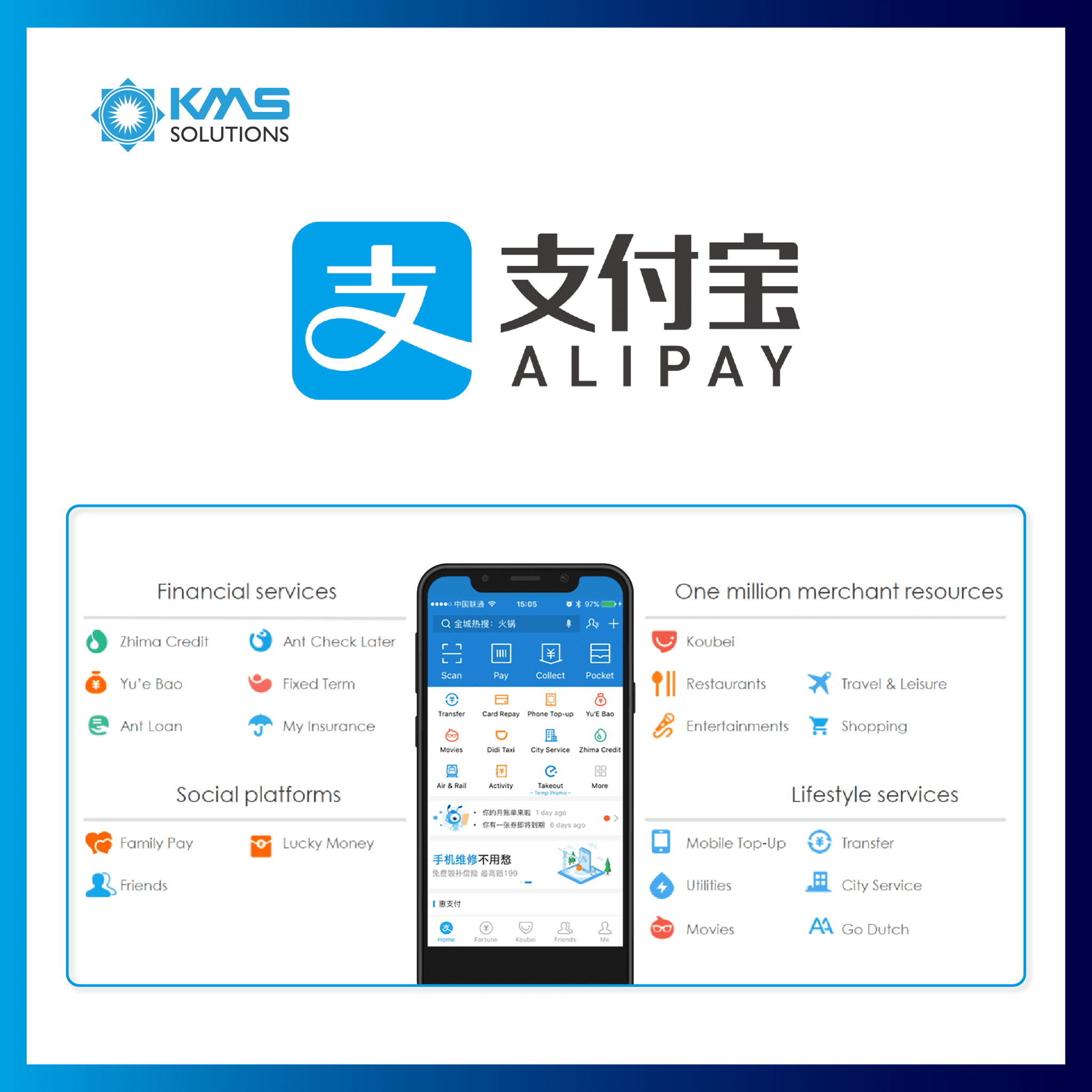
Careem
Careem is a car-hailing service subsidiary of the American company Uber. It is headquartered in Dubai and operates in over 100 cities in 15 countries, including the Middle East, Africa, and South Asia.
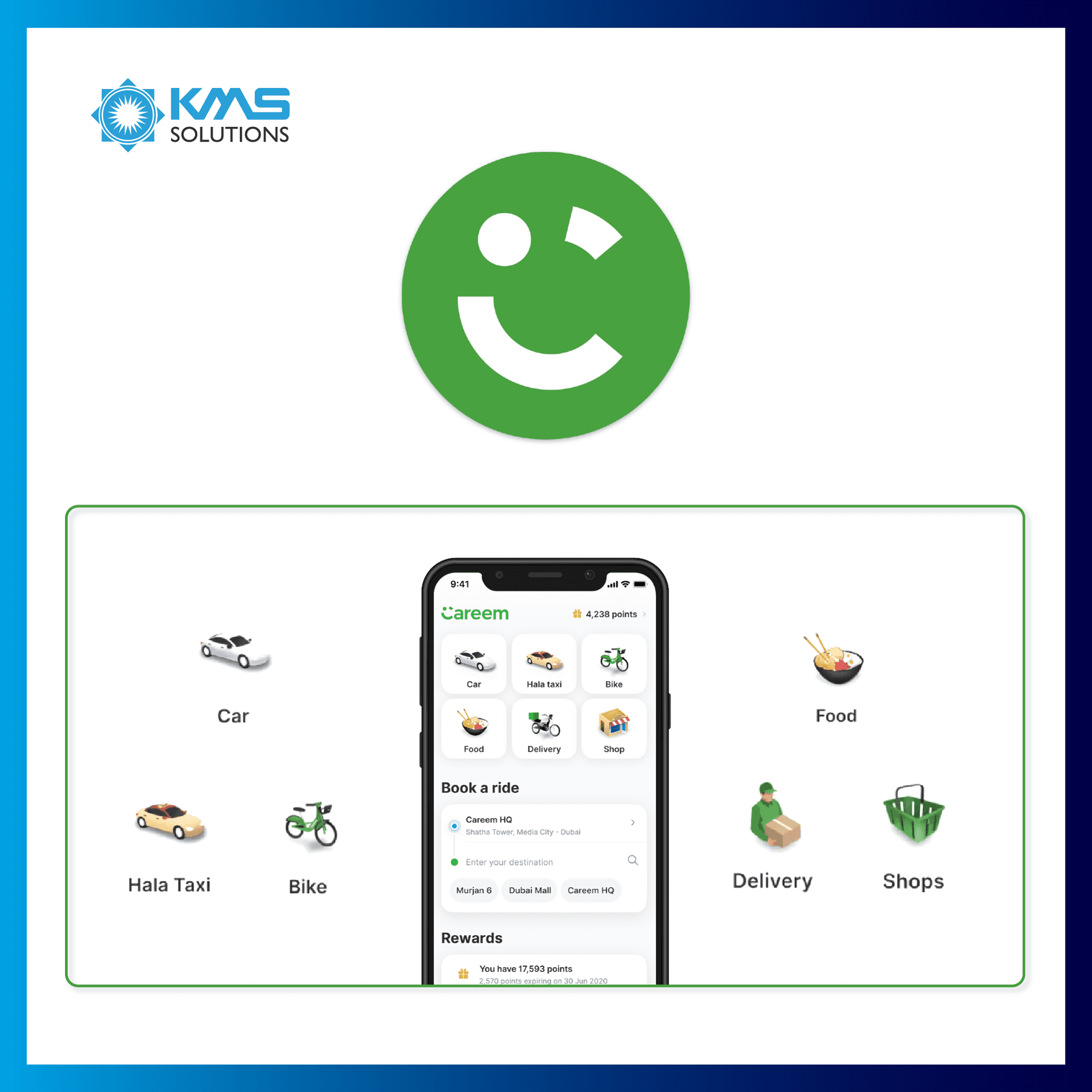
Gojek
Gojek is Indonesia’s on-demand multi-service platform and digital payment technology company. Now valued at $10 billion, Gojek has evolved into a super app that provides more than 20 digital services of diverse types around its ride-hailing products. It is now operating in Indonesia, Vietnam, Singapore, Thailand, and the Philippines. As of June 2020, Gojek reported to have over 170 million users throughout Southeast Asia.
Gojek started as a taxi bike service in 2010, mainly serving Indonesians working in call centres. As it gained popularity and aimed for super app status, it launched more services such as:
- GoRide: the ride-hailing service
- GoSend: the delivery service
- GoMart: the grocery service
- GoFood: the food delivery service
- GoPay: the e-wallet service
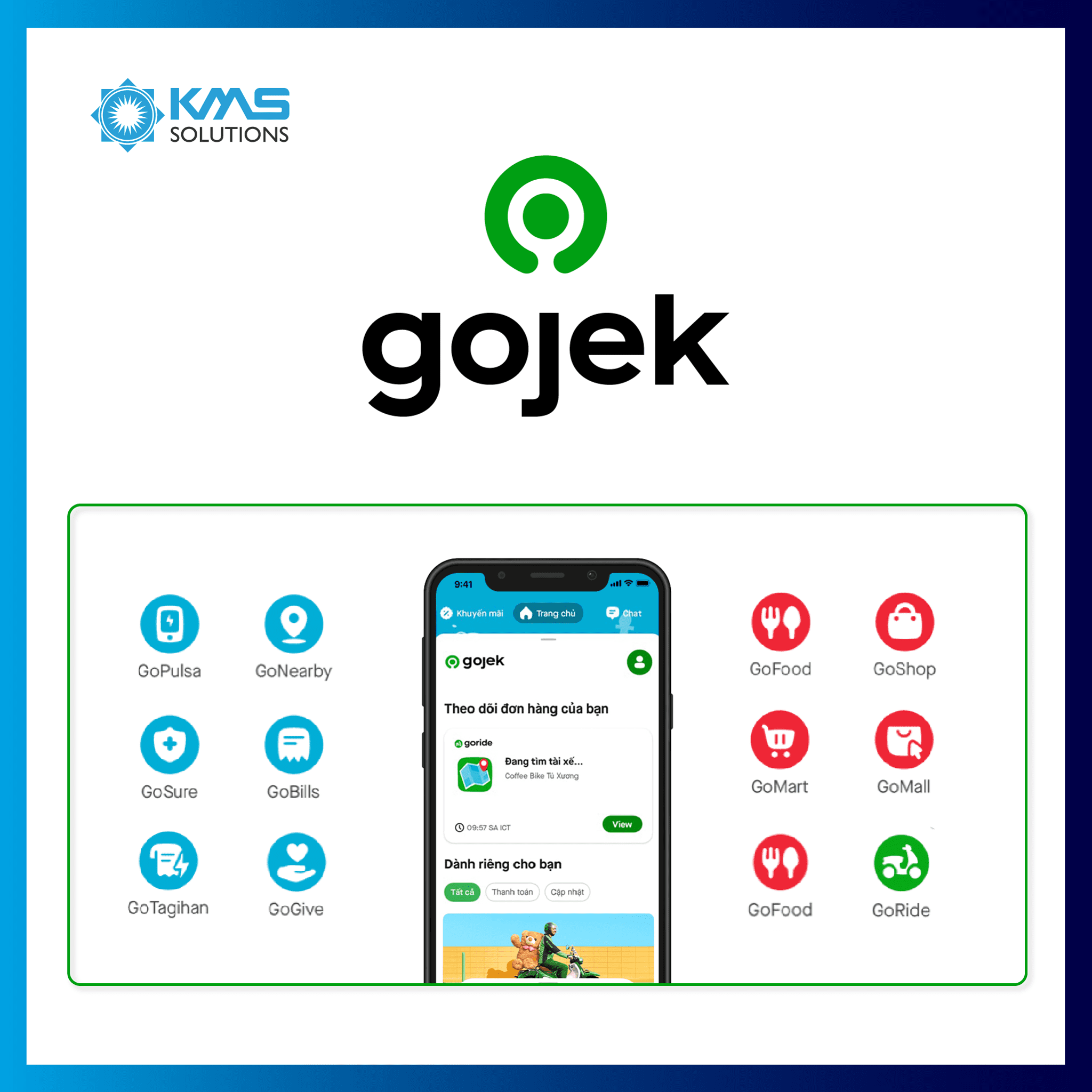
Meituan
Meituan provides its 260 million app users with an advertising marketing platform. Its massive database of demographics, geography, consumption habits, and interests of target clients all contribute to making advertising more effective.
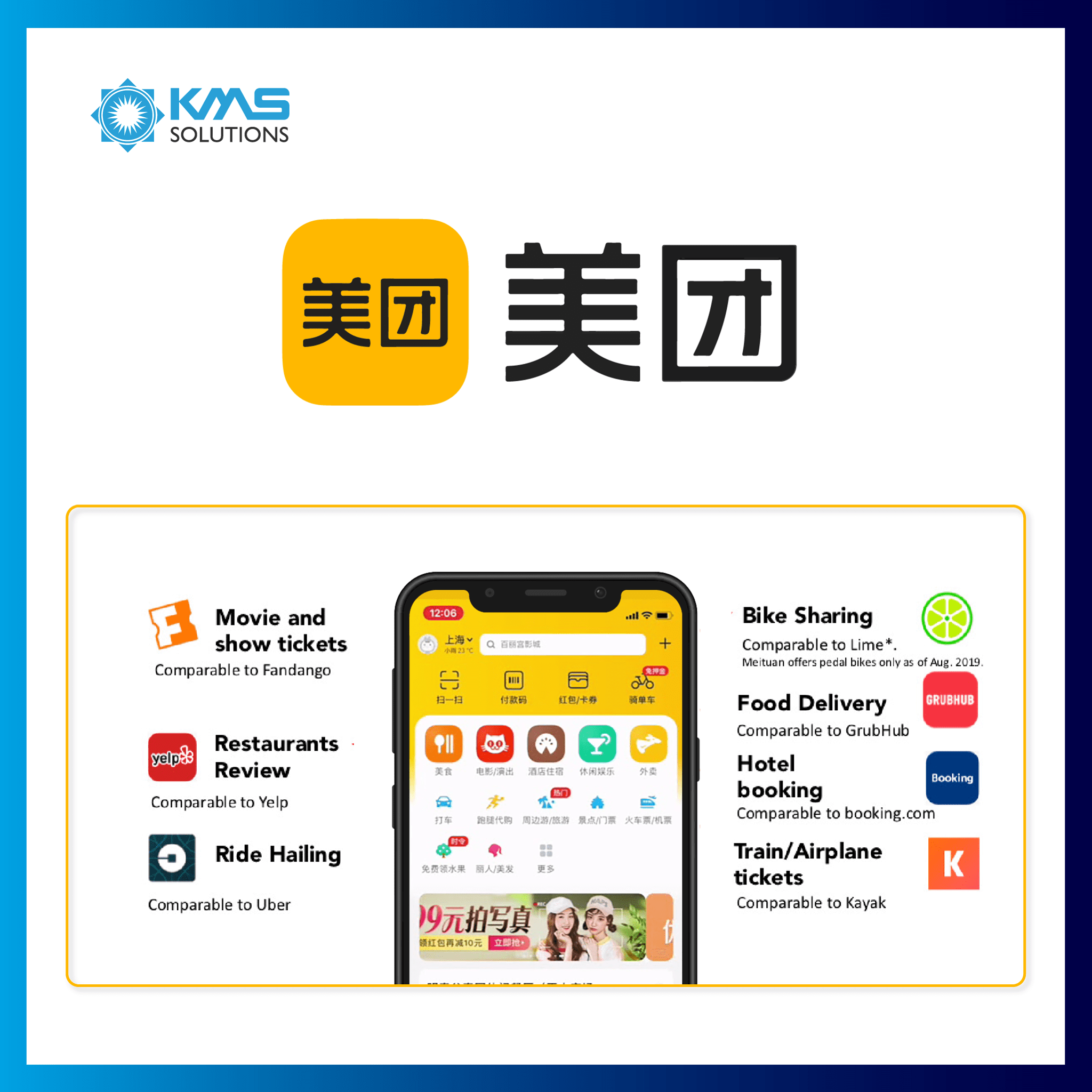
Paytm
Founded in 2010, Paytm is a well-known super app and one of India’s biggest digital payment and financial service organisations. Not limited to individual customers, it also provides solutions for merchants.
Users can conduct transactions for utilities, airfare/train booking, online shopping, and more. Additionally, they have access to buy-now-pay-later offers and small loans.
On the other hand, merchants can receive payment via the following methods:
- QR Codes
- Multiple online payment gateway options
- Point-of-sale services
To this day, Paytm powers roughly 20 million merchants and enterprises to accept digital payments, generating 16.8 billion rupees ($211.16 million) in 2022.
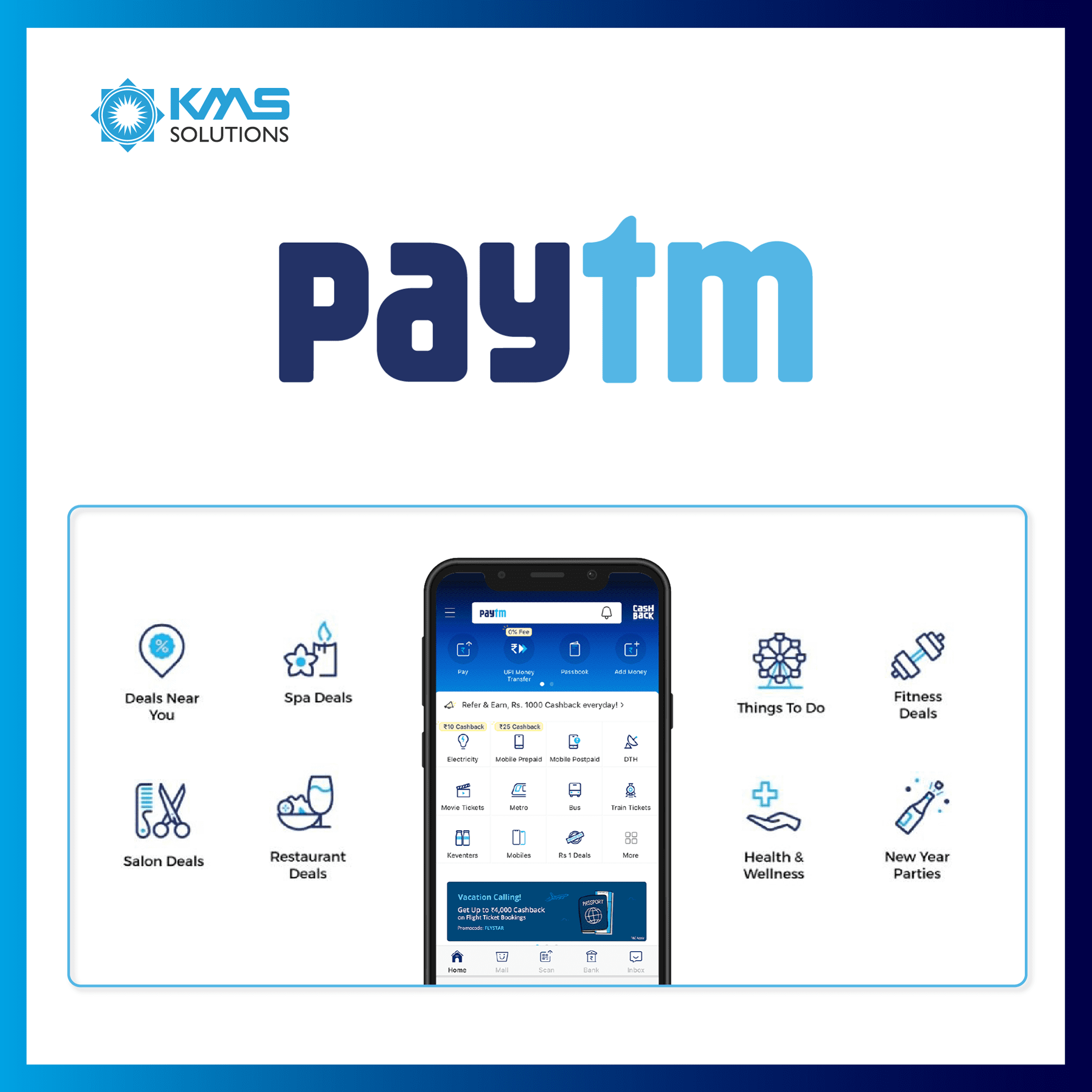
Grab
Begun in 2012 as a ride-hailing app like Uber, Singapore-based super app Grab currently dominates Southeast Asia with a valuation of over US$10 billion since it acquired Uber’s subdivisions in March 2018.
Following this acquisition, the app offered more than ride-hailing services as it aspired to create related network services focused on consumer convenience.
The enterprise introduced GrabFood in May 2018, filling the void left by Uber Eats, Uber’s food delivery service. It integrated effectively with Grab’s other banking and transportation offerings.
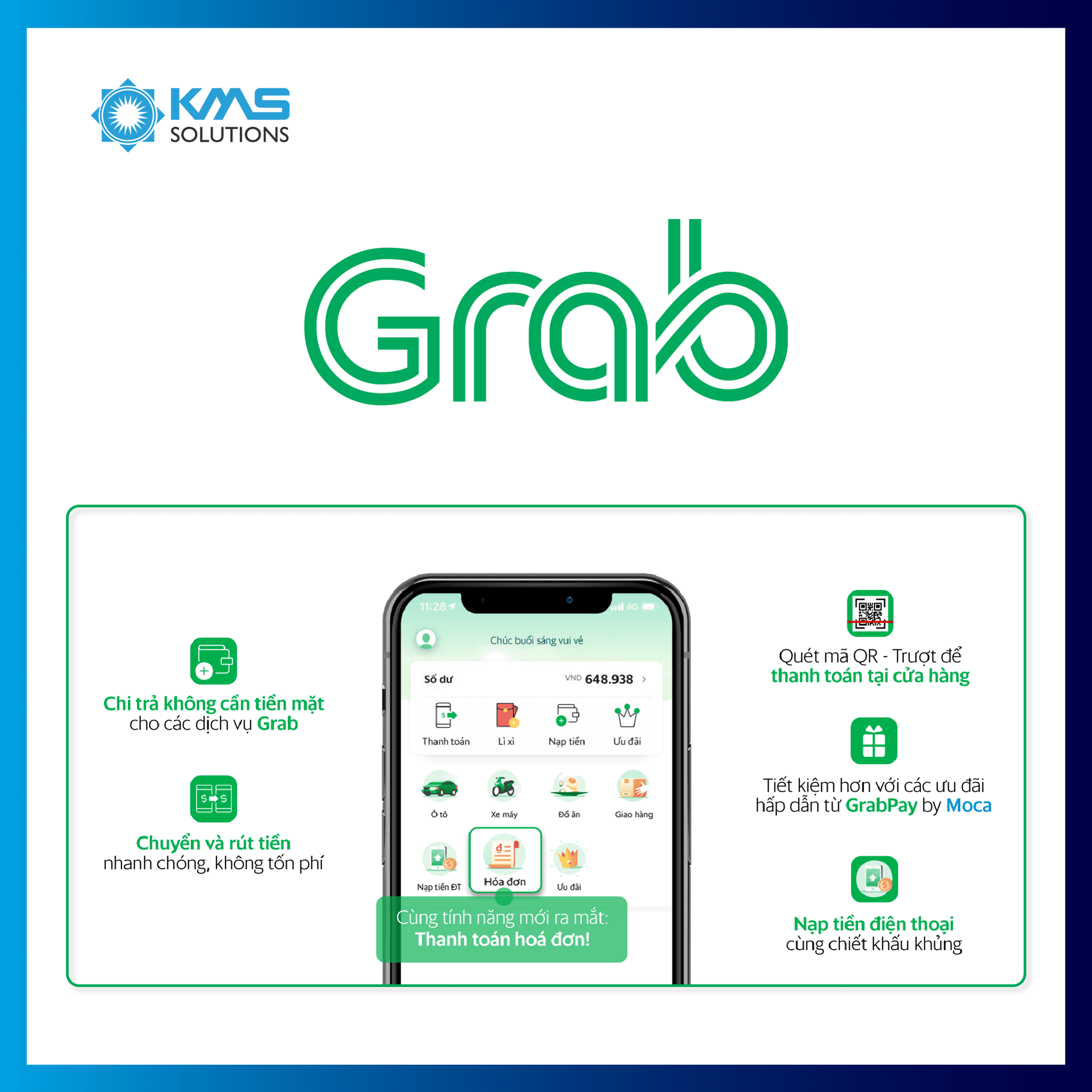
Momo
Momo now has up to 20 million users and 10,000 partners across various industries, including consumer banking, insurance, e-commerce, shopping, and transportation. With 12 million users, 12,000 partners, and 100,000 POS, MoMo has a lot of advantages. So far, the company has formed partnerships with 24 domestic banks and international payment networks, including MasterCard and Visa.
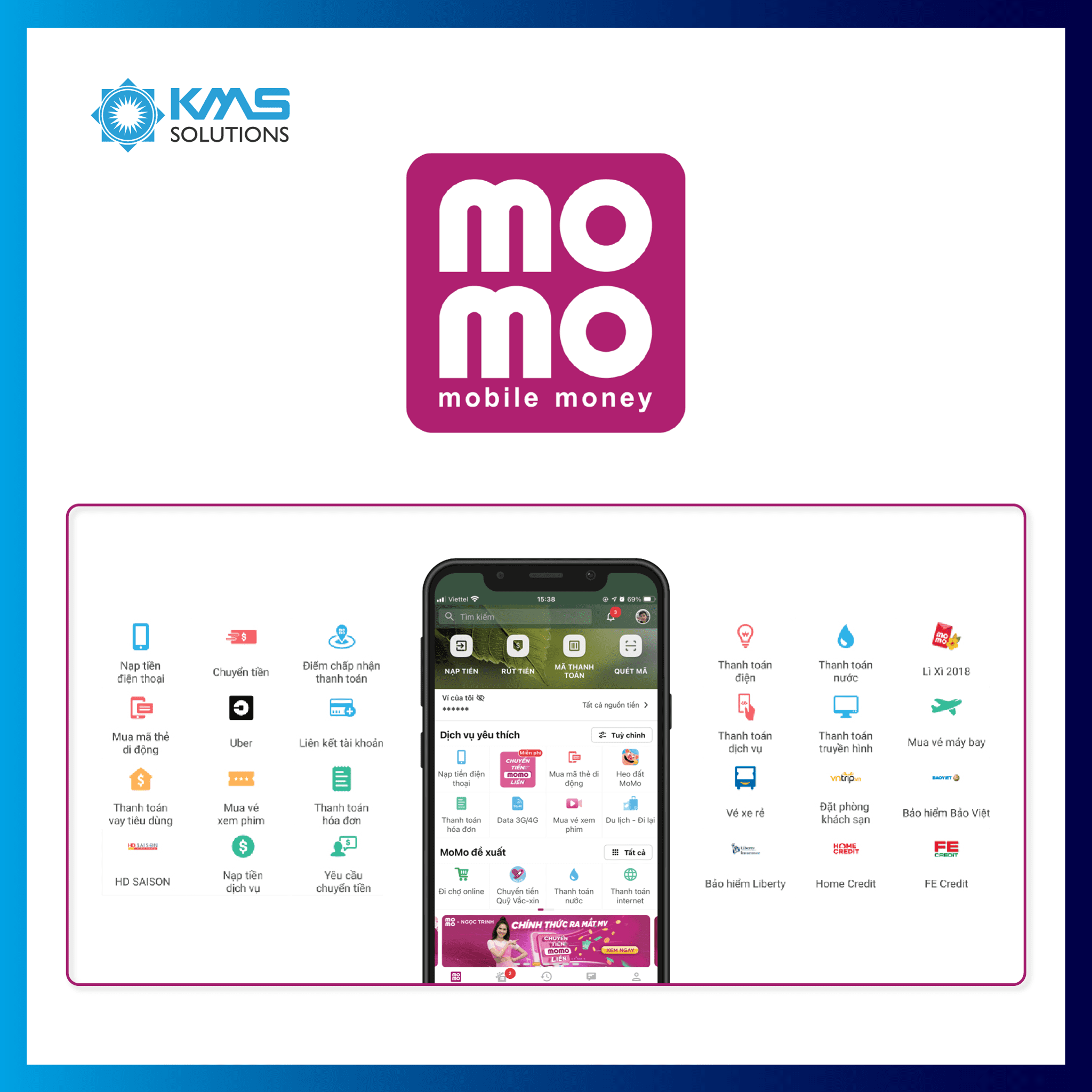
You may want to read: Growth of the Super Apps: Opportunity or Threat to Banks?
Conclusion
Overall, a super app is a multi-purpose mobile application that can perform the functions of many programs in one.
Delivering digital convenience to your customers, super apps can help businesses to enhance app visits and time spent in-app, which fuel the flywheel for more services and diversify revenue streams. Furthermore, super apps make sense considering the fact that consumers are less and less interesting in downloading new apps these days. Explore our Mobile Banking Application Development services to create a super app that meets your customers’ needs and drives engagement!
Interested in receiving more insightful articles about app innovations and software development best practices? Subscribe to our newsletter to get our latest articles delivered straight to your inbox!







